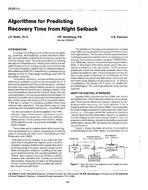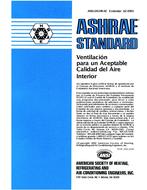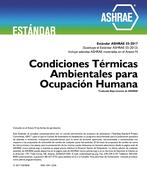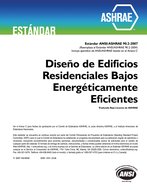Description
A number of buildings are not continuously occupied, e.g., churches, office buildings, schools, and banks. Maintaining comfortable conditions only during occupied times reduces energy costs. This is accomplished by lowering the setpoint temperature for heating and raising the setpoint temperature for cooling during unoccuoied times. This control strategy is called night or weekend setback. Bloomfield and Fisk (1977) have shown a potential energy savings of 12% for heavyweight buildings and 34% for lightweight buildings.
The heating, ventilating, and air-conditioning equipment must be started up prior to the occupants’ return, tf the room tem perature is in the comfort range (i.e, between the lower and upper setpoint temperatures for occupied times) before the occupants return, energy is wasted. If the room temperature reaches the comfort range after the occupants return, the occupants will be uncomfortable. An optimum controller would return the room temperature to the comfort range just as the building occupants return There are a number of controllers available which have optimum start algorithms. The algorithms used in these controllers are not available to the public Park (1983) said:
“As microprocessors became available, the HVAC industry began to implement microcomputers to control building equipment. Although software developed by industry exists on the market, details of Ihe algorithms are not generally available in the public domain.”
There is also some question about which inputs (e.g., room tern perature and outdoor temperature) should be used to compute the return time. The following ~s from Birtles and John (1983):
“Calculations of the duration of pre-heat and optimum stop times generally depend upon a number of factors including: the thermal characteristics of the building and plant; the plant capacity; target comfort levels and space conditions prevailing at the startup (or shutdown) times and prevailing weather conditions. Some recent research [Sharma (1982)], however, has indicated that, contrary to common assumptions, measures of outdoor air temperatures do not contribute significantly to systematic predictors of optimum start times.”
The objective of this paper is to present and compare seven different equations for computing the time to return from night setback. The first section of this paper describes how these equations could be used in an adaptive control strategy. The modular simulation prog ram TRNSYS (Klein et al. 1988) was used to compare the in put-output relationships ° A description of the three zones used in the s~mulations is contained in the next section The third section graphically shows the relationship between return time, outdoor temperature, and indoor temperature for two different zones located in Madison, Wl, and Phoenix, AZ. The seven different equations are described in the fourth section of this pa oer. Results from simulations for five different cities (Madison, Wl; Denver, CO; Phoenix, AZ; Seattle, WA, and Washington DC) and three different zones are then reported.
Citation: Symposium, ASHRAE Trans., vol. 95, pt. 2
Product Details
- Published:
- 1989
- Number of Pages:
- 8
- File Size:
- 1 file , 870 KB
- Product Code(s):
- D-27193




